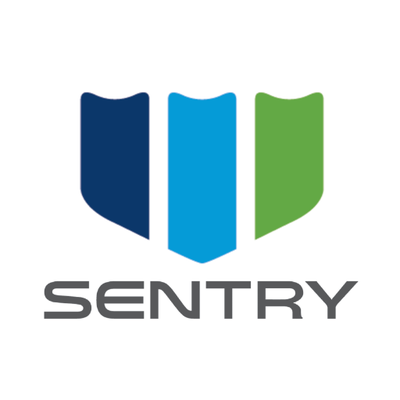
The bid process for custom engineered and expansion projects in a hydrocarbon plant can take up to a year to complete. Projects of this scope and size need a strong process to ensure deadlines and budgets are met. Navigate your project successfully by following this roadmap.
Getting a bid for a custom engineered project is the first step in establishing or expanding a successful sampling system in your hydrocarbon plant. While the bidding process for small projects is often quick, the bidding process for larger expansion projects is fluid and can take up to a year. Projects of this scope and size need a strong process to ensure deadlines and budgets are met.
YOUR ROADMAP FOR NAVIGATING THE BID PROCESS
Submit a Request for Quote (RFQ) to your chosen vendor.
The first step is to request a quote from one or more vendors. Your request should include:
- Project information, including an overview and how sampling plays into the project
- The process conditions where the sampler will be used
- What material(s) you are sampling
- What kind of sampler(s) you need
- How many samplers you’re planning to order
- Your project timeline or expected equipment delivery date(s)
- Other details, such as specific valves and materials
Global chemical refineries rely on specificity for all their sample points as many require exact material specifications for sampler stations and sample coolers. By being up front with these needs, your partner will have the information to provide a quality quote and answer any necessary questions.
Answer your vendor’s questions.
After your vendor reviews your RFQ, they might have questions that will help them develop an accurate quote. Answering these questions with detailed information leads to correctly revised quotations to fine-tune what is needed. During this time, in house and vendor engineers can conduct calculations on heat exchangers, components and any necessary process equipment. Between initial quote information and a secondary verification, your bid proposal is poised to be successful.
Review your bid proposal.
After reviewing the specifications and commercial documents provided, your vendor will develop a proposal. This bid should clearly outline what the vendor can provide and how they will solve your sampling challenges.
The proposal you receive will include multiple components, such as:
- Scope of project review
- Pricing summary
- Project clarifications, including lead-times for sampling equipment and delivery details
- Any relevant product literature, such as brochures or spec sheets, to help you understand what sampling equipment the vendor is proposing
- Supporting documents, including:
- ISO certifications
- Material test reports
- Copies of internal procedures, such as quality control and product testing
- Reference drawings and Piping & Instrumentation Diagrams (P&IDs)
- Bill of materials
- Spare parts list
Many of these items are developed during the quote exploration phase if proper information is provided. Significant details at the start ensure an easy engineering and approval drawing process.
Ask an expert.
The time after you receive your proposal is when you start to build a true partnership with your vendor. Once you have the proposal, don’t hesitate to ask questions or get clarification on anything you don’t understand. Access to a subject matter expert who can answer your questions and fine tune technical accuracy helps fully align the application to your needs.
Submit a PO.
After you’ve gotten answers to all of your questions and have approved the proposal, you can submit a purchase order to the vendor, complete with a delivery date.
Schedule a kickoff meeting.
Once the PO is submitted and accepted, schedule a kickoff meeting with your vendor to establish next steps.
TIPS TO FACILITATE THE BID PROCESS
Choose a vendor with technical expertise that fits your needs.
The bid process is the beginning of a long-term relationship, so it is important to choose a vendor that has the experience and products you need. This will help ensure you establish a trusted partnership for the long-term success of your facility.
Provide plenty of details and information.
Be as upfront and communicative as possible during the process. The more information you can provide, the better. Incomplete data sheets can unnecessarily hinder the process and delay your proposal. Include documentation you think may not be applicable. For example, a Piping and Instrumentation Diagram (P&ID), component testing and double verification ensures that the project launches smoothly and quickly.
Facilitate communication.
Communicate with all stakeholders to the project and keep lines open between your facility, your engineering firm and the vendor to ensure that needs are met. Additionally, pay attention to how responsive your vendor is to your engineering firm. A rapid response rate indicates that a vendor is dedicated to your success.
Need help designing your sampling system or selecting the right equipment for your plant? Contact us.




